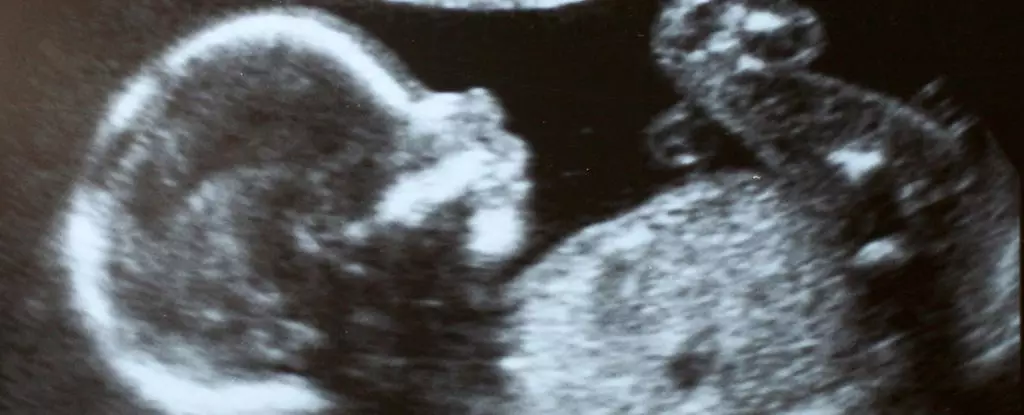Spinal muscular atrophy (SMA) has long posed significant challenges to both families and the medical community. The disease, characterized by severe muscle weakness and respiratory complications in infants, has historically resulted in dire prognoses for affected children. Yet, recent developments in the treatment of SMA, particularly through a groundbreaking case in the United States, highlight a potential turning point in both prenatal care and genetic intervention for complex congenital diseases. This article explores the implications and possibilities raised by the early administration of the oral drug risdiplam to fetuses diagnosed with SMA.
For the first time, doctors have successfully treated a fetus diagnosed with type 1 spinal muscular atrophy from within the womb, signaling a significant leap in medical practice. The case involved a mother whose previous child had succumbed to SMA. After genetic testing revealed that her current fetus also carried mutations linked to this progressive neuromuscular condition, the parents were determined to explore early intervention methods. With the approval of the U.S. Food and Drug Administration (FDA), the mother was able to take risdiplam for six weeks prior to giving birth. This proactive approach marks a significant departure from traditional postnatal treatment measures, potentially altering the trajectory of care for conditions like SMA.
Risdiplam, marketed under the brand name Evrysdi, operates by modifying the pharmacological mechanisms that contribute to motor neuron degeneration. Specifically, it enhances the production of the survival motor neuron (SMN) protein, which is critical for the health and functionality of nerve cells in individuals with SMA. The early intervention observed in this case implies that timely administration of the drug could significantly improve outcomes for affected children. Clinical trials over the years have consistently shown that administering risdiplam before the age of six weeks substantially increases children’s chances of achieving vital milestones such as feeding, sitting, standing, and walking independently.
The outcome from this specific case has been promising. The child, now two and a half years old, exhibits no symptoms of the genetic disease, a remarkable feat considering the grim statistics associated with type 1 SMA. Prior to this breakthrough, most infants with SMA would typically not survive beyond their second year due to complications such as respiratory failure. The observed success of this treatment has sparked conversations about the potential for wider adoption of similar methodologies. However, caution is warranted; the authors of the original study have emphasized that results observed in this case cannot be generalized across all instances of SMA and suggest that more extensive studies are necessary to validate these findings.
Future Directions in Prenatal SMA Treatment
This pioneering case raises fundamental questions regarding the future of prenatal interventions for genetic disorders. While the safety and efficacy of risdiplam in early administration are supported by clinical trials, the hesitancy among practitioners and parents to intervene before birth remains. The medical community acknowledges that the stakes are exceptionally high when considering prenatal treatments, as the long-term ramifications for both the child and the family must be carefully weighed against the risks of early drug exposure.
Moreover, this case sets the stage for examining other congenital conditions that might benefit from similar preemptive strategies. With ongoing advancements in genetic testing and pharmacological therapies, the landscape of prenatal care could undergo transformative changes in the coming years, offering parents hope where there was once despair.
The case of the fetus treated with risdiplam illustrates not only the remarkable potential of early intervention strategies in combating serious genetic diseases but also highlights the rapidly evolving nature of prenatal healthcare. As research continues to unravel the complexities of SMA and other hereditary conditions, there remains a collective hope that such innovative approaches will ultimately provide families with more favorable outcomes and enhanced quality of life. Whether this singular case will catalyze a wider acceptance and implementation of prenatal treatments for SMA and beyond is still an open question, but the groundwork has been laid for a future where the medical community tirelessly works toward improved interventions for the betterment of neonatal health.

